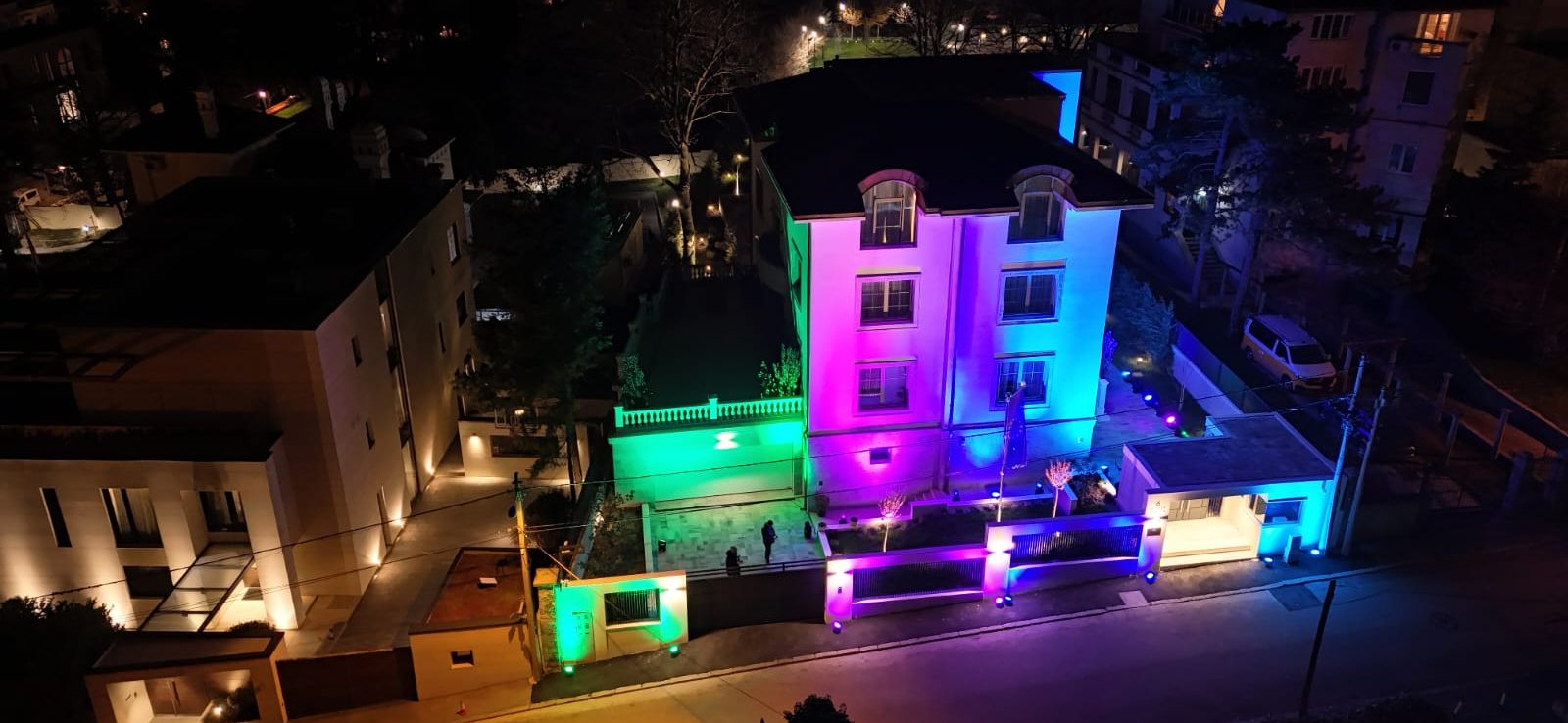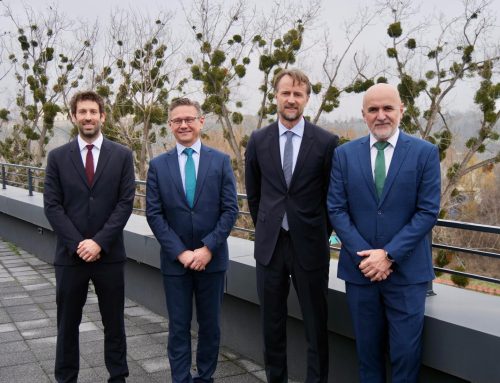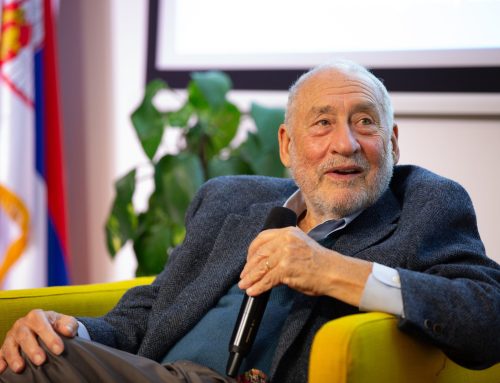Tonight, Belgrade was one of more than 300 cities where buildings were lit up in blue, green, pink, and purple on Rare Disease Day. On this occasion, the residence of the Ambassador of the Delegation of the European Union in Serbia, Emanuele Giaufret, was illuminated.
“On Rare Disease Day, the EU Delegation to Serbia reaffirms its commitment to prioritising the care and support of individuals living with rare diseases. We stand united in our dedication to ensuring that no one is left behind, advocating for inclusive healthcare policies that empower and uplift those affected by rare diseases in Serbia and beyond“, Ambassador Giaufret said.
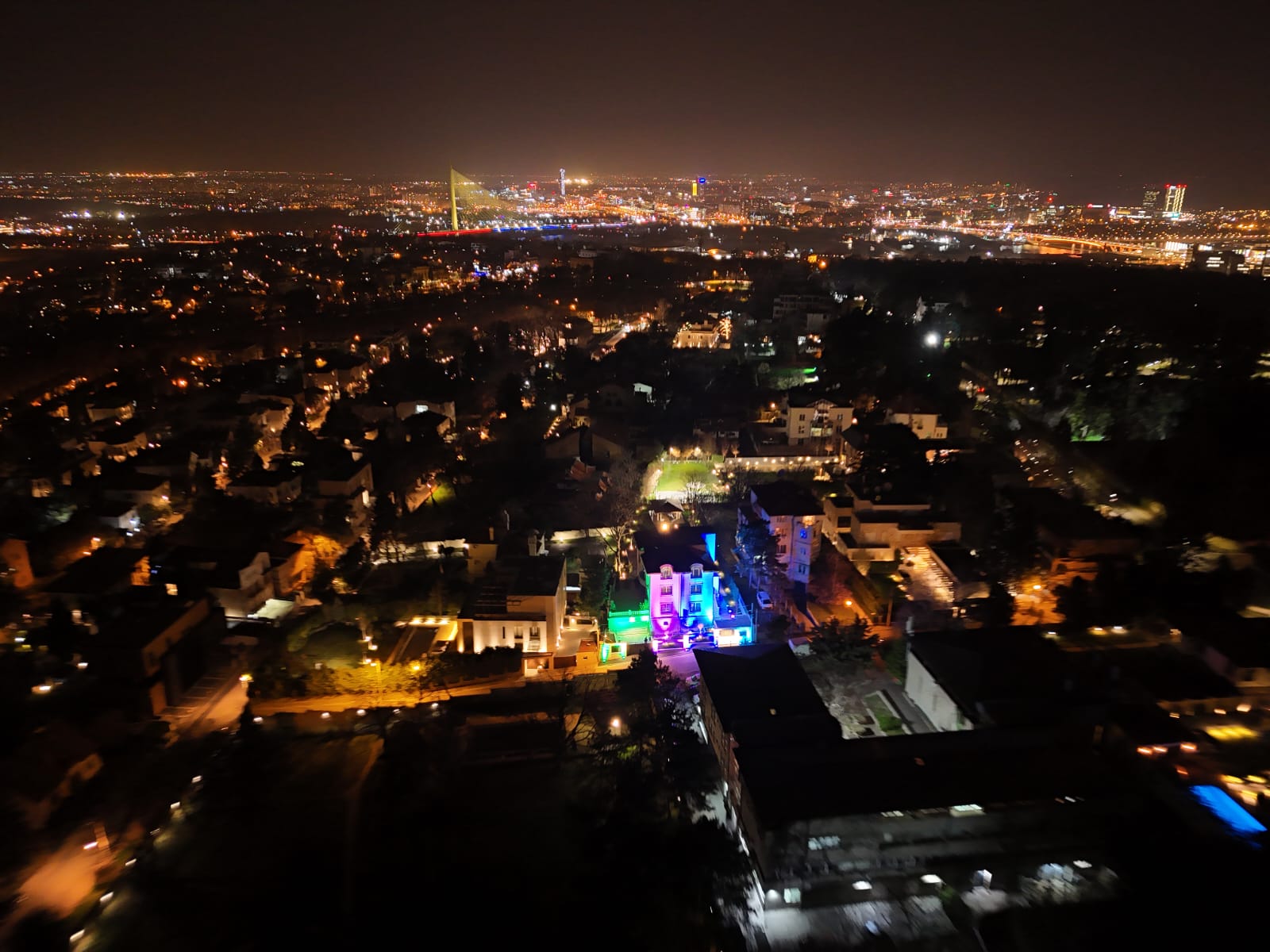
What are rare diseases?
A rare disease is not just a statistic—it is a reality of life for millions of people around the world. Defined as a disease that affects no more than 1 in 2,000 people, there are between 6,000 and 7,000 such diseases. In Serbia, it is estimated that around half a million citizens live with a rare disease, which amounts to 6% to 8% of the population according to estimates by the European Commission.
These diseases can be of genetic origin, but they can also develop because of infections, allergies, or the influence of environmental factors. It is alarming that there is no registered therapy for more than 95% of rare diseases, and 30% of children with a rare disease do not live to the age of five.

In addition to medical challenges, people with rare diseases and their families face a range of social, economic, and psychological difficulties. From lack of information to high treatment costs and social stigmatisation, every aspect of their lives is challenged.
So, while the numbers may provide a basic picture, it’s important to understand that behind those numbers are people with their own stories, struggles, and hopes. Society’s awareness and support are key to improving the quality of life of these individuals and their families.
Rare Disease Day
Rare Disease Day is a globally coordinated rare disease movement that works to achieve equality in social conditions, healthcare, and access to diagnosis and therapies for people living with a rare disease.
Since its inception in 2008, Rare Disease Day has played a key role in building an international rare disease community that is diverse, global, and united in purpose.
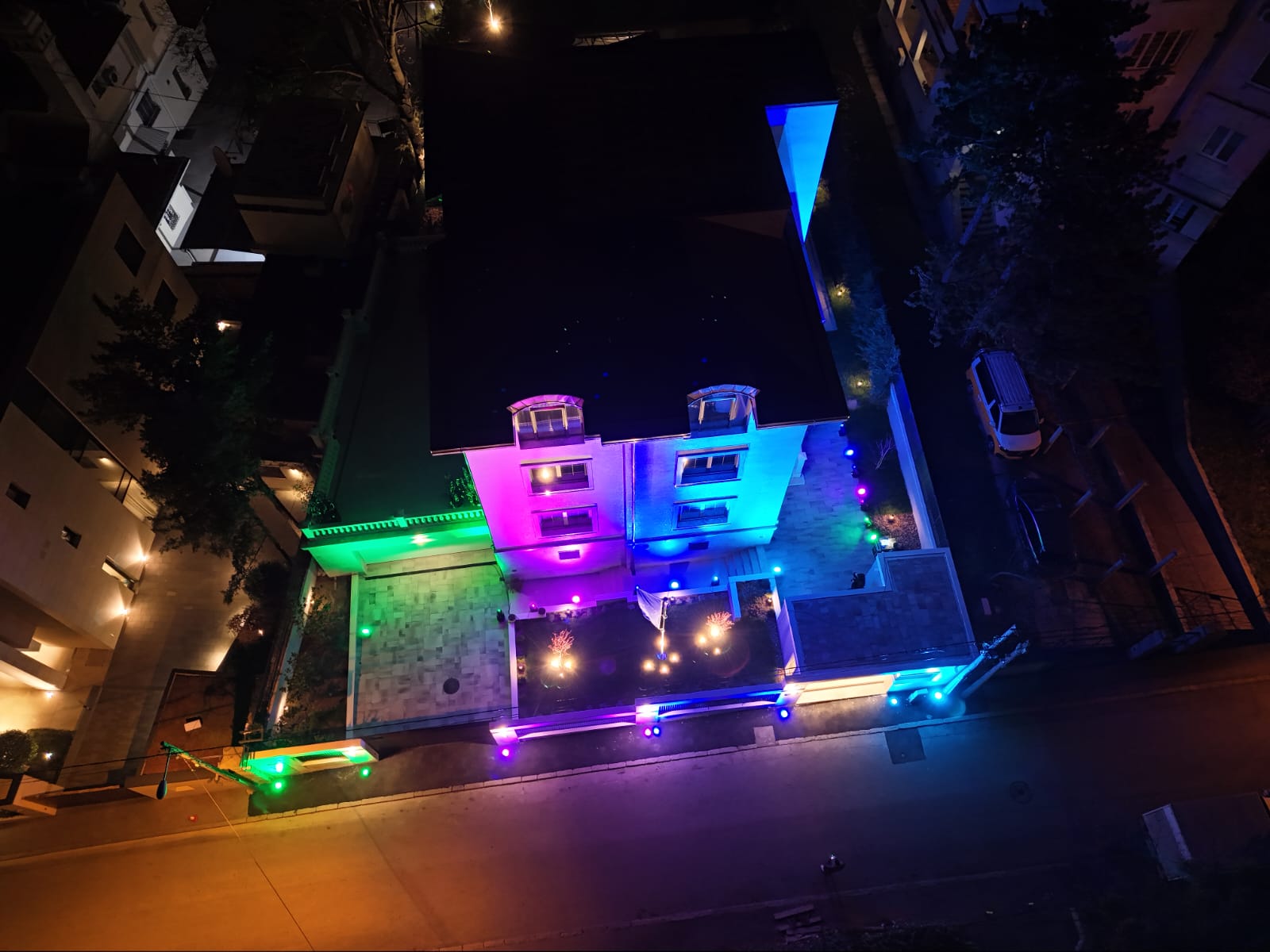
Rare Disease Day is celebrated every year on February 28 (or 29 in leap years)—the rarest day of the year.
Rare Disease Day was founded and coordinated by EURORDIS with more than 65 national associations of patient organisations. It provides the energy and focal point that enables the advancement of rare disease advocacy at local, national, and international levels.
View this post on Instagram
Although Rare Disease Day is patient-led, everyone, including individuals, families, caregivers, healthcare professionals, researchers, clinicians, policymakers, industry representatives, and the public, can participate in raising awareness and taking action for this vulnerable population that requires immediate and urgent attention.

